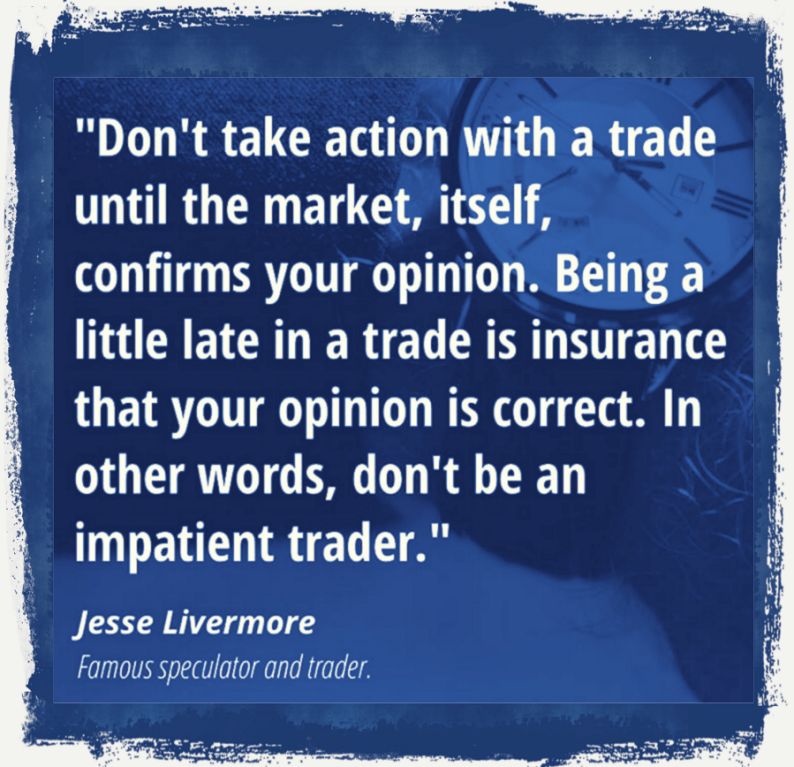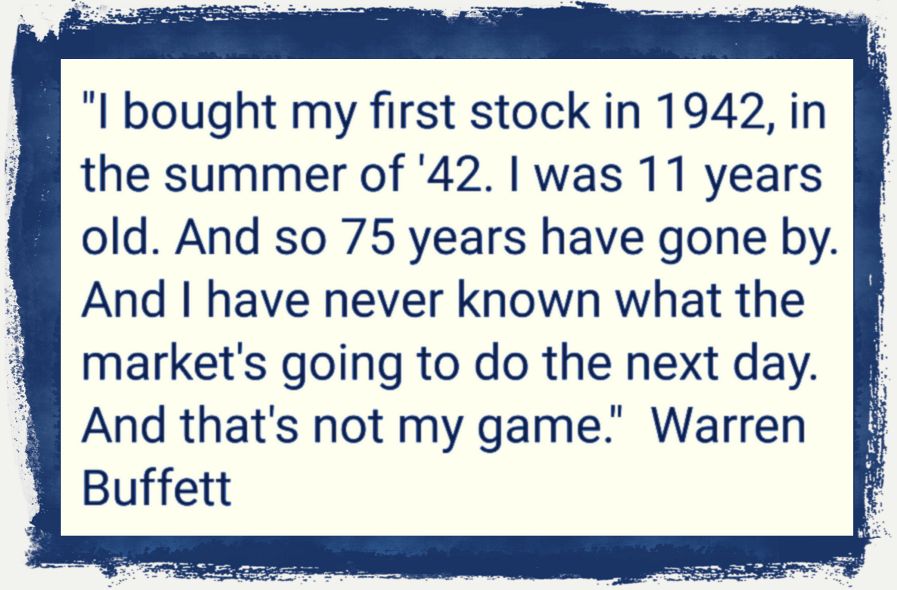Trading and Finance texts by famous authors and traders that can help you understand the secrets of success.
It was the tech boom, we were in a massive bull market and they threw me in at the deep end. My first thought when looking at the screen was that the bid and the offer were the other way round to what I was used to. I asked the guy next to me if that was right and he said “yes”. I asked him if that means I have to now learn the opposite of everything I had ever known. He laughed hilariously and told everyone on the desk. The message back was “Absolutely. Try to learn the opposite of everything you have ever learnt about trading”. I came to realize that this was so true! Soon I found out that the guy I was sitting next to was one of the largest tech’ stock traders in the world!
Anton Kreil
How to lose small
When Marty Schwartz is asked about his greatest trades, he always explains they are the losing ones – that is, the times he quit a position at a loss to avert making an even bigger one. And he counts Black Monday, the worst day of the 1987 stock market crash, as one of his most astute moves although lesser traders would see it otherwise. Banking on a recovery, Schwartz had gone long on the Friday when the markets first dived. But when they continued to plummet at the start of the following week, he got out as quickly as he could, albeit at a heavy loss. Had he not recognised, painful as it was, that he had made a mistake and clung to the hope that equities would recover, Schwartz would have suffered a possibly ruinous loss. Successful, long-term trading is based on a healthy sense of self-preservation, he says.
Schwartz, nicknamed ‘Pit Bull’, is an out-and-out technical trader, an operator who moves often and quickly on the basis of a constantly updated set of charts, rather like a ship’s captain sailing past many a dangerous coast. He is renowned for borrowing $30,000 and converting it into $100m in double-quick time. But far from achieving an unending string of successes, he spent years developing a quick-shooting trading style that is poles apart from the fundamental analysis of other legends of the market such as Seth Klarman (more about him shortly). As Schwartz told author Jack Schwager, it’s vital for traders to develop a philosophy that reflects their nature: “By living the philosophy that my winners are always in front of me, it was not so painful to take a loss. If I make a mistake, so what?” Saying that, the Pit Bull goes to great pains to make the smallest mistakes possible. Like Paul Tudor Jones, he backs right off when the markets turn against him or when he’s lost his confidence. “After a devastating loss I always play very small and try to get black ink, black, ink
and it works,” he insists.
A Trading Gift
The Greatest Trading Gift I have ever shared with the public is my simple 10 day S&P trading system. Using this system can change one’s life. Why no one else thought of giving away this system to the public for free to profit from, I will never know. Now it’s not perfect. There are false readings sometimes throughout the year. But over time it has to work. Why? Because the market is almost always moving in a direction. Up or down. Rarely does it trade erratic for a longer period of time. So you will almost always be long in the market when it’s going up and almost always out/short when it’s going down.I even take it a step further and tweak it from time to time when needed to maximize profits. At times of extreme short term levels overbought and over sold or when the market is confused about it’s next direction. It works on 30 Minute OHLC. All you have to do is be Bullish when the Green (Short term 10 Minute SMA) is above the longer term (Blue 50 Minute SMA).
So I trade the S&P long when it’s Bullish and short or on the sidelines in cash when bearish. That’s all there is to know. I have used this as a guide for trading the S&P and predicting markets and it’s as close to the (Holly Grail of stock trading) as you can get. I had someone say to me that it doesn’t work that they back tested it. Well they obviously do not understand trading Science. It’s an intraday system and they obviously don’t know how to test it properly. To this day I still can not imagine how following this system over time would not work. I have used it for over 10 years. Now friends write that they now use it as a guide too and it’s making them money.
I’m estimating that using my PURE S&P trading system (Not tweaking), since May 6 one could have out performed the S&P move higher by over 15%. Now that’s not much a 15% gain in 2 months. However if you use the UPRO to go long and the SPXU to short, you might have increased the gain to 45%. Now it took 9 trades to make that gain and one would have to be using big money to make it worth while. Good thing is the UPRO & the SPXU can handle Million dollar trades.
Charles Astor
Want to trade successfully? Just choose the good positions and avoid the bad ones. Poor trade selection takes a heavy toll as it bleeds your confidence and wallet. You face many crossroads during each market day. Without a system of discipline for your decision-making, impulse and emotion will undermine skills as you chase the wrong stocks at the worst times. Many short-term players view trading as a form of gambling. Without planning or discipline, they throw money at the market. The occasional big score reinforces this easy money attitude but sets them up for ultimate failure. Without defensive rules, insiders easily feed off these losers and send them off to other hobbies.
Technical Analysis teaches traders to execute positions based on numbers, time and volume. This discipline forces traders to distance themselves from reckless gambling behaviour. Through detached execution and solid risk management, short-term trading finally “works”. Markets echo similar patterns over and over again. The science of trend allows you to build systematic rules to play these repeating formations and avoid the chase:
The rule of trading with the wind at your backs is a way to overcome the “buy and hold” obstacle. Understanding market phases enables you to take advantage of trends that are in your favor, and avoid the risk of holding positions when the trend is against you. We trade when the opportunities are right, and stay away from the market when the risk is high. Stocks and markets obviously don’t go straight up or straight down continuously. They cycle up and down in what we call “Market Phases.” This rule keeps the wind at your back by trading with the primary trend in the market.
To be a trader or an investor first you must have some money (a lot is better), and then you should learn and practice some financial activities. The problem arises if you don’t have money, then what you necessarily need is vast knowledge and great skillfulness. In any case you must be very careful, because the market is always there, ready to deceive you! Alternatively, if you are still young, you might try to become a manager, and consequently get rich working hard and earning a lot, so that you can afford some professional financial advisors.
Carl William Brown
To find out more about trading and finance you can also read:
Market, financial, business news
Money, wealth, investments news
International Trading Calendar




